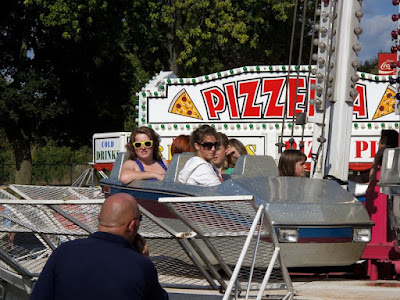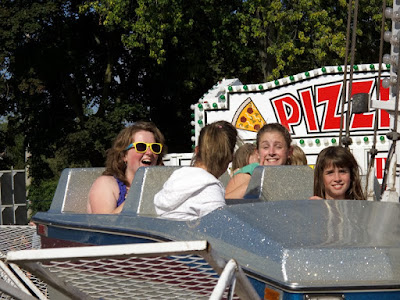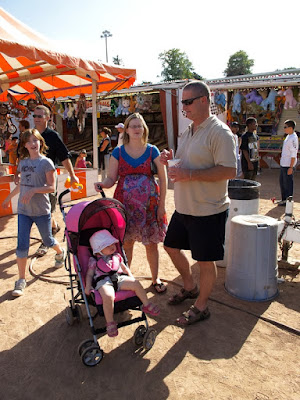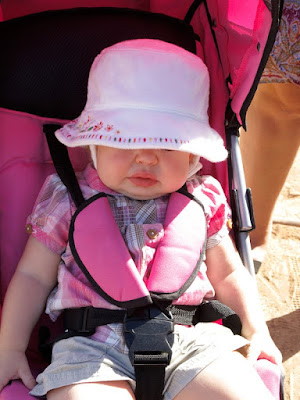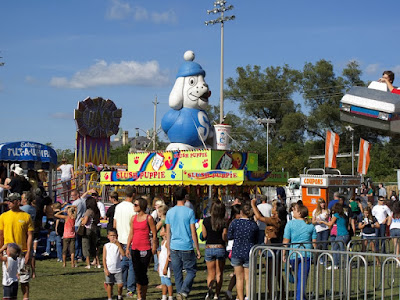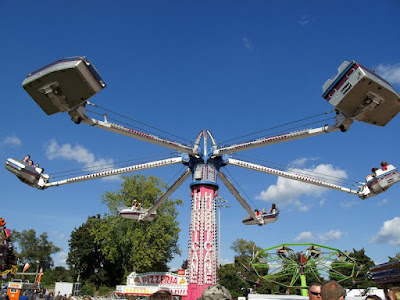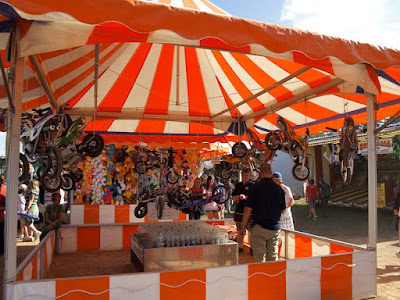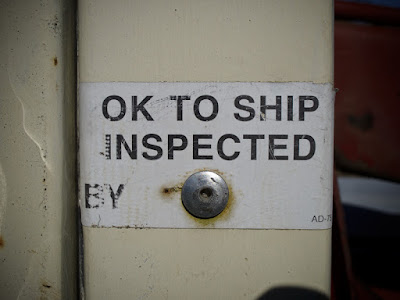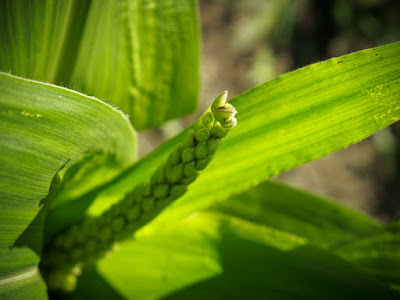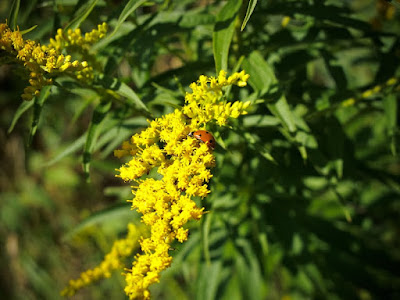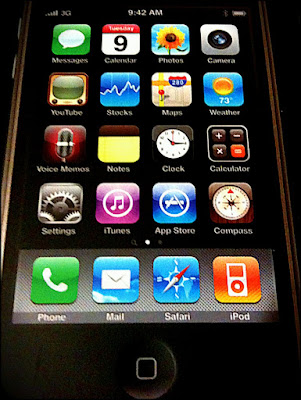So, the new Nikon D300S is out. It's a great camera, and it's a crop sensor DSLR camera. Likewise, the new Canon 7D is out, and it has some great things going for it too. It's also a crop sensor DSLR camera.
Both Nikon and Canon have many other great crop sensor DSLR cameras in their line-up like the Nikon D90, Nikon D5000, Nikon D3000, Canon EOS 50D, Canon Rebel T1i, Canon Rebel Xsi, and the Canon Rebel XS.
Then you’ve got the new Nikon D3s full frame DSLR camera, and it’s a fantastic piece of equipment. Likewise, the Canon 5D MkII is a full frame DSLR camera that many Canon shooters have fallen in love with. There’s also the Nikon D700, another great full frame DSLR camera, and the Nikon D3X, the full frame DSLR camera that is Nikon’s flagship offering. Canon has the 1DsMkIII full frame DSLR which is the current Canon flagship.
Which is better, crop sensor or full frame?
Why do the full frame DSLR cameras cost so much more?
So what do you need? Will a crop sensor DSLR camera do the job, or do you need to step up to a full frame DSLR camera?
As many people have found out, there aren’t any simple, cut and dry answers to these questions, but I’m going to try and help simplify things for you.
First off, let’s look at which is better… crop sensor or full frame. The short answer is neither. Many people will tell you that full frame is better. If you’re a professional photographer, you’ve probably been told that you should shoot full frame as it’s better, or more professional, or that you’re not doing right by your clients unless your using one of the latest and greatest full frame DSLR cameras.
There’s no question that full frame DSLR cameras are great. No question that they are capable of amazing image quality. No question that a full frame DSLR like the Nikon D3s is capable of delivering mind blowing image quality at insanely high ISO settings. You can practically shoot in the dark with that thing!
But does that suddenly mean that anything less than a full frame DSLR isn’t capable delivering a great photo?
There are some incredible photographers shooting with crop sensor DSLR cameras and creating amazing images. Loads of incredible images were captured on crop sensor DSLR cameras before full frame DSLR cameras were even available. Some top notch photographers have even gone back to crop sensor DSLR cameras from full frame. Case in point, the new 7D. More than a few photographers have decided it suits them better than the full frame 5D MkII. Are they suddenly going to have worse photos because they’ve gone from a full frame DSLR to a crop sensor DSLR? They don’t think so, their clients don’t think so, and I don’t think so.
I myself am still quite content shooting with my Nikon D300 and Nikon D90, both crop sensor DSLR cameras, and both capable of incredibly good image quality. For the bulk of what I do (portraits and weddings), the venerable little D90 is more than capable of getting the job done. Sometimes I prefer the D300’s slightly better auto focus, but the trade off is that the D300 is heavier.
There are times when I’m shooting in dim lighting that the D3s or D700 would be nice for their super high ISO abilities, but I can even the playing field by knowing how to light properly. A single, inexpensive flash unit can make a shot from a D3s and D90 indistinguishable for all intents and purposes. And a single, inexpensive flash unit is a hell of a lot cheaper than purchasing a D3s.
With proper lighting, I’m perfectly comfortable shooting with any DSLR, whether it’s a $400 or $10,000 camera. Even my little
Canon G10 is capable of amazing quality with the right lighting. The point is, you don’t need a full frame DSLR to take good photos. You don’t even need a high end crop sensor DSLR to take good photos. A good photographer can take a great photo with ANY DSLR on the market today.
Now, that’s not to say there aren’t times when you might benefit from some of the advanced features of the higher end crop sensor or full frame cameras. My point is that you likely don’t NEED a full frame DSLR camera. You may want one, but you probably don’t NEED one.
If you’re an amateur hobbyist who takes nature photos, landscapes, and maybe some family photos, a crop sensor DSLR camera like the Nikon D90 or Canon T1i will do just fine. Even one of the lower end DSLR cameras may be all you need.
Advanced amateurs can still do just fine with a Nikon D90 or Canon T1i. Even professionals like myself find DSLR cameras at this level to be more than adequate for most jobs. It comes down to choosing the right tool for the job, and in a lot of cases, the top end DSLR cameras are OVERKILL.
So, the short answer is NO, full frame DSLR cameras are not necessarily better. They may have advanced features such as super high ISO or crazy accurate auto focus that are better or necessary on some jobs, but I don’t think its correct to say they’re better. They’re different. Some nature photographer actually prefer the crop sensor for it’s 1.5X extra reach, but does that make a crop sensor DSLR better than a full frame DSLR? No. They may be better for a specific job requirement like nature photography, but they’re not flat out better. Different horses for different courses.
Let’s look at it from a cost perspective. Full frame DSLR cameras are MUCH more expensive, especially when you’re talking the flagship bodies like the Nikon D3X and the Canon 1DsMkIII. The reason for this is quite simple.
Sensors are basically get cut from a larger sheet of sensor material if you will. You can cut more crop sensors out of a single sheet of a given size than you can full frame sensors. This also makes it more efficient to make crop sensors as there is less waste as well, hence an added cost savings for crop sensors and cost increase for full frame sensors. Factor in the cost of bad sensors (i.e. how many sensors are bad and go to waste out of a given number), and the cost of full frame is even higher in relation to crop sensors. It costs less to throw out a bad crop sensor off the production line than it does a full frame sensor.
Of course, you’re also paying a premium for the full frame sensor simply because they’re still newer and perceived to more desirable. Pure and simple. Like a high brand product that is no better than a relatively unknown brand product, the one costs more than the other.
Now, with that said, and understanding a little more of why full frame DSLR cameras are more expensive, let’s consider the value vs. cost of full frame vs. crop sensor DSLR cameras. For the sake of argument, let’s use the Nikon D700 and the Nikon D90. The Nikon D700 lists for $2899.99 here in Canada at Henrys. The Nikon D90 lists for $1019.99. (If you’re in the USA, UK, or someplace else, feel free to substitute local pricing. It’ll still make the point nicely.)
You can buy almost three Nikon D90 DSLR bodies for the price of one Nikon D700 body, or you could buy one D90 and some nice lenses and a couple of flashes.
Proper lighting will almost always do more for you than a full frame DSLR will.
So the question is, do you really need the full frame D700 bad enough to spend 3X the price of a D90?
Some will still say yes, and that’s fine. Just be aware of why you’re saying so. Most don’t need the D700... they just want it, often REALLY bad. Some do actually need the D700 over the D90. Some need an even more expensive camera like the Nikon D3s or the Nikon D3X. The point is, be aware of what you need and what you want. I want a D700 REALLY badly, but I don’t NEED one. I’ll likely get one at some point, and I know the main reason is the POWER file it generates (as my good friend
Peter Gregg likes to call them) and the SUPER clean high ISO. I often shoot in dim lighting, so the amazing high ISO will be welcome. That said, I’m creating great images with my D300 and my D90. The D700 is mostly a WANT.
If you don’t have a real need for a full frame DSLR, then you get better value for your money by buying a crop sensor camera like the D90.
Factor in too that DSLR cameras do not hold their value well. Within a relatively short period of time, your DSLR will be worth less than half of what you paid for it, no matter which one you buy. So, the more expensive DSLR you buy, the more money you lose when its time to upgrade. If you make your living with your camera, its not so bad as you can write it off and use it to make more money. If you’re a hobbyist, the fast depreciation of your DSLR probably hurts a little more. Spend more, hurt more.
I’d be remiss not to note the WANT factor as being valid in and of itself. If you’re like me, you love to have a new high tech toy. If you can afford it, and are aware of the real reasons why you’re buying a more expensive DSLR than you may actually need, go for it! Get a full frame DSLR and enjoy it! Hell, buy the best if money isn’t an issue.
If you’re a struggling photography business owner, maybe you should think twice. Would the extra money be better spent on marketing or improving your photography skills to set you apart in your market? Likely.
Full frame DSLR cameras are great, but there are some great crop sensor cameras too. A good photographer can take an amazing photo with any DSLR on the market today.
Good lighting will improve your photography far more than a fancier camera will. Unless you’re on an unrestricted budget, take the time to consider if you really need the more expensive full frame DSLR, or if a less expensive crop sensor DSLR will meet your needs just fine.



